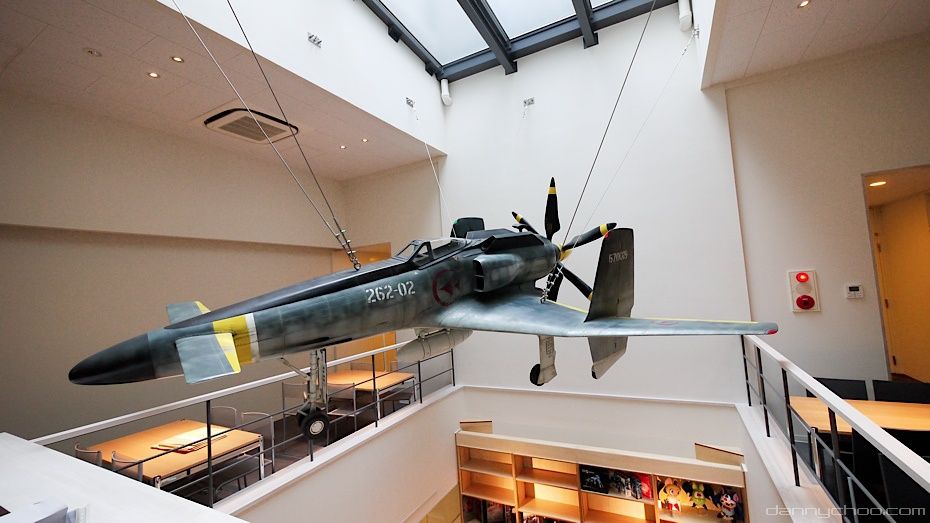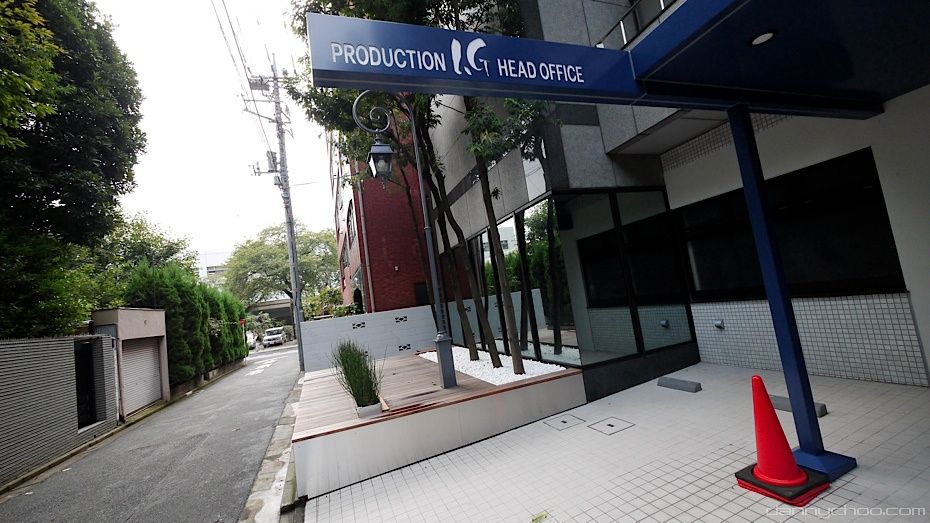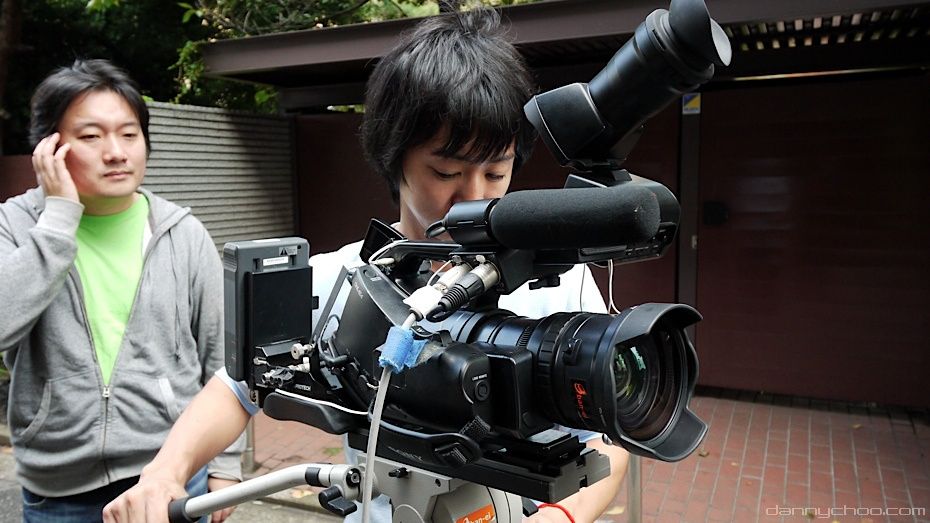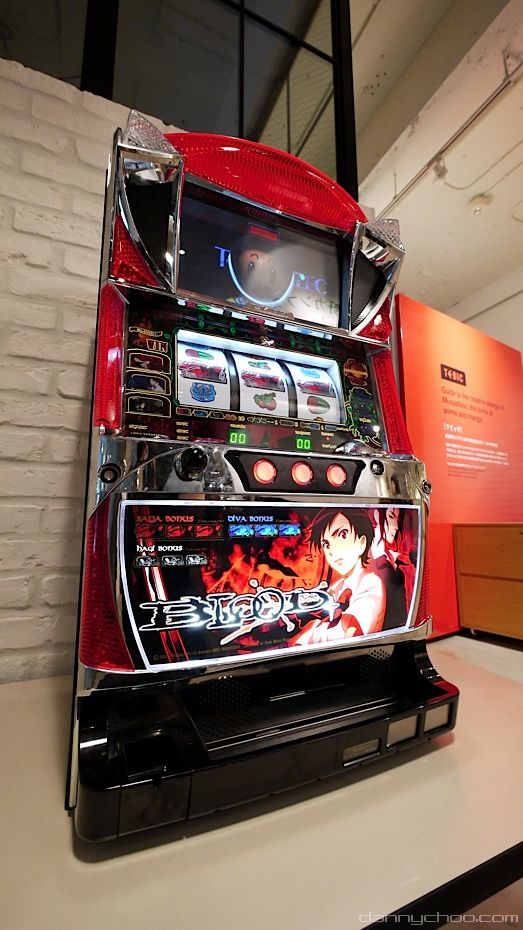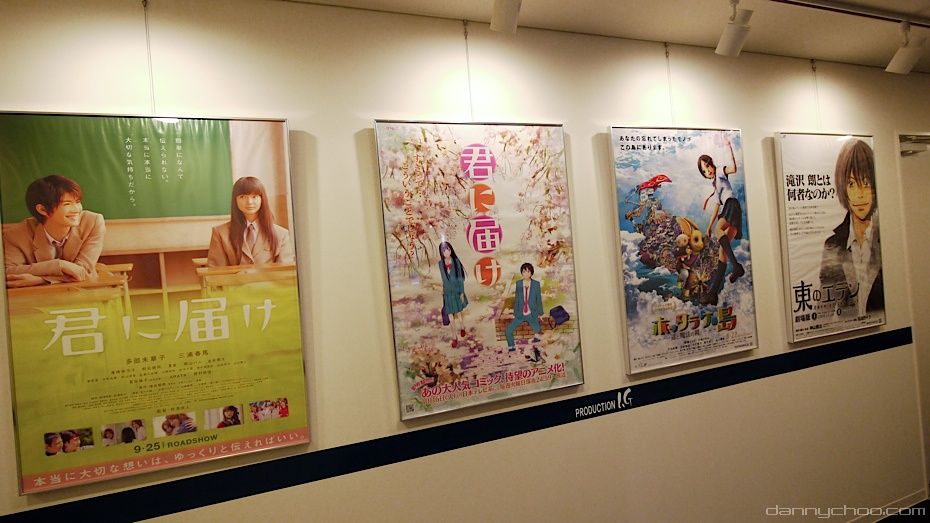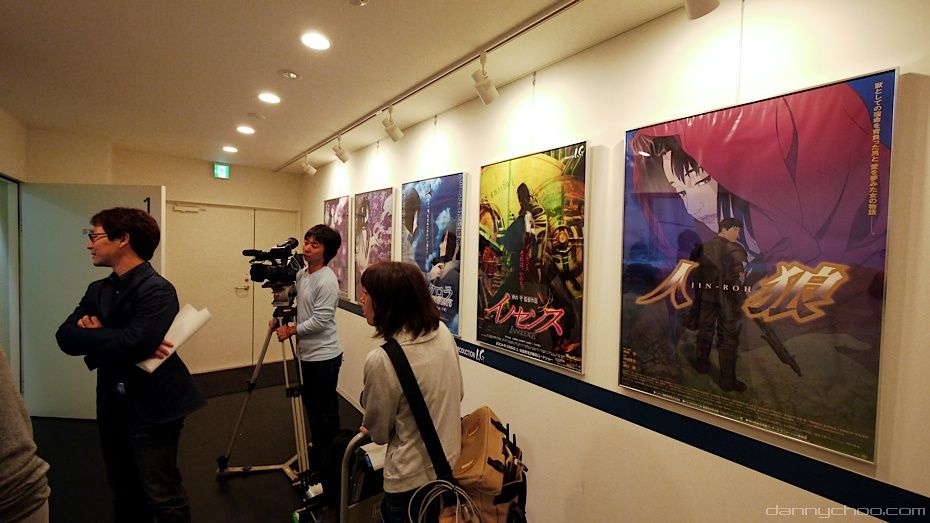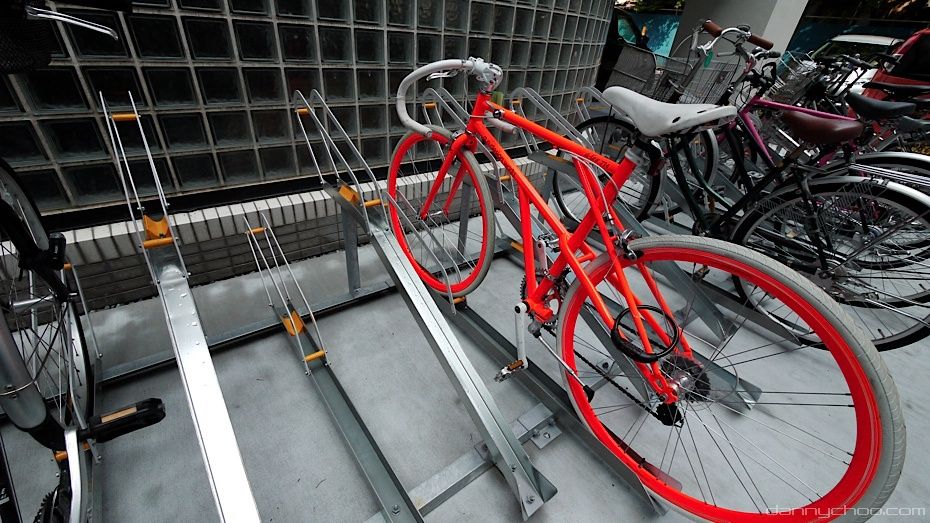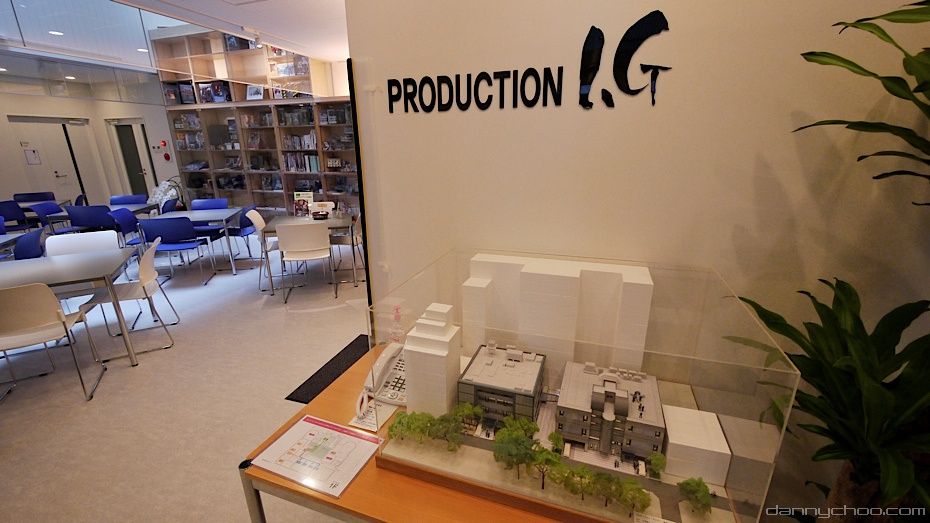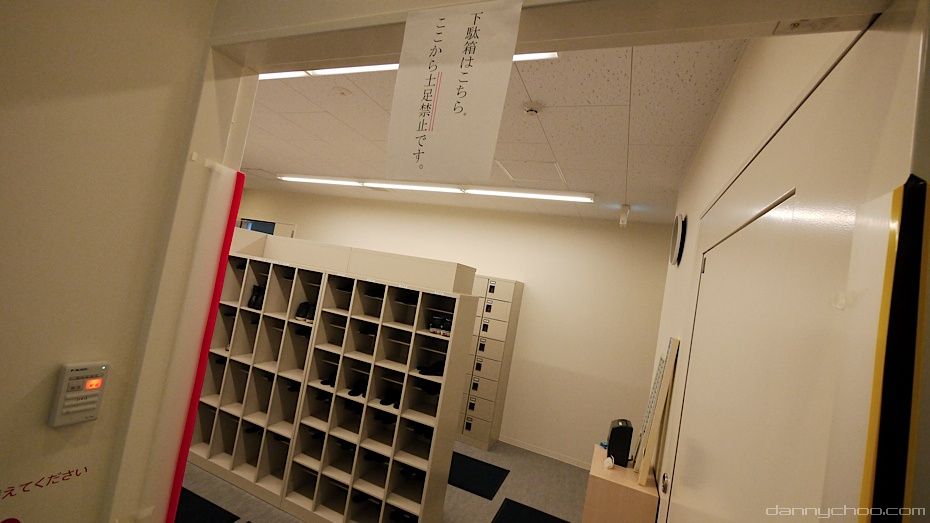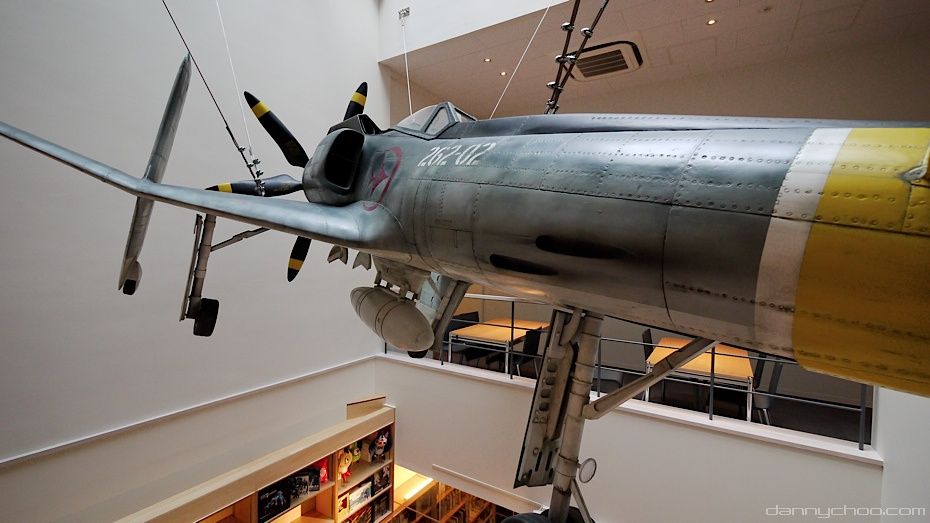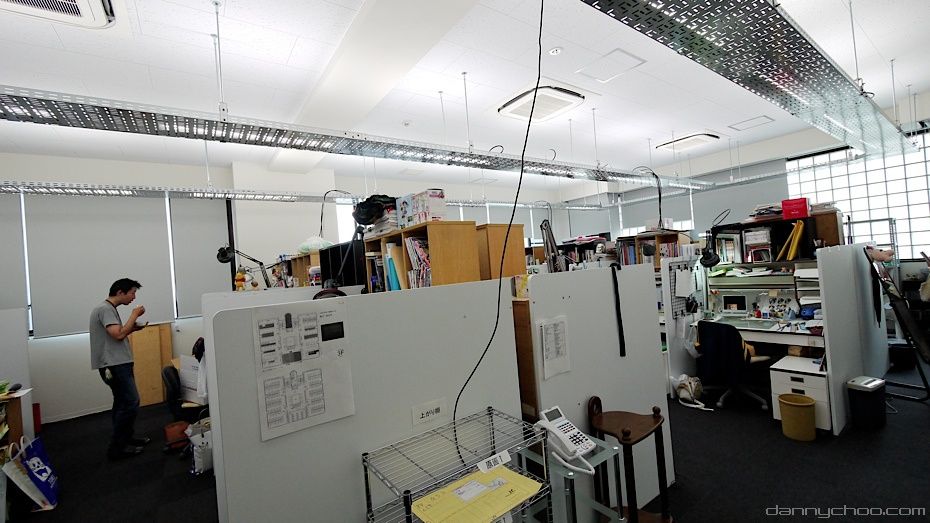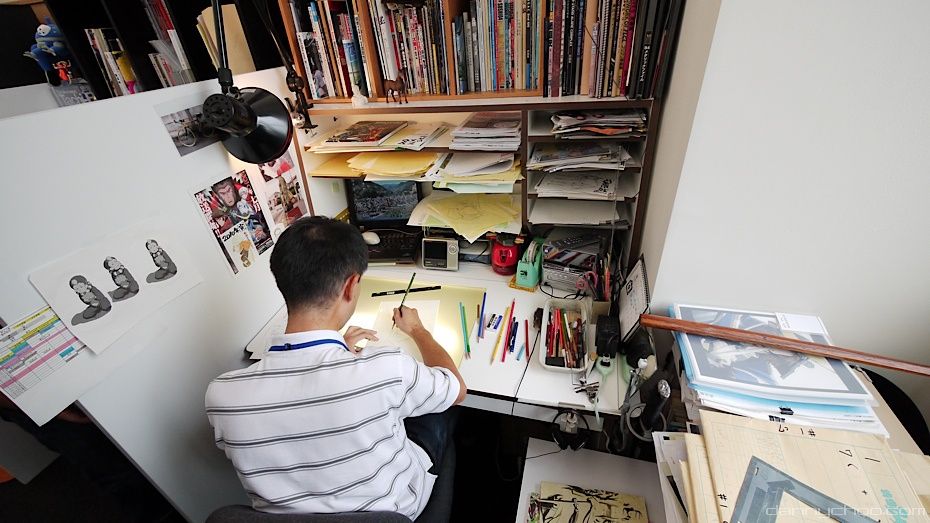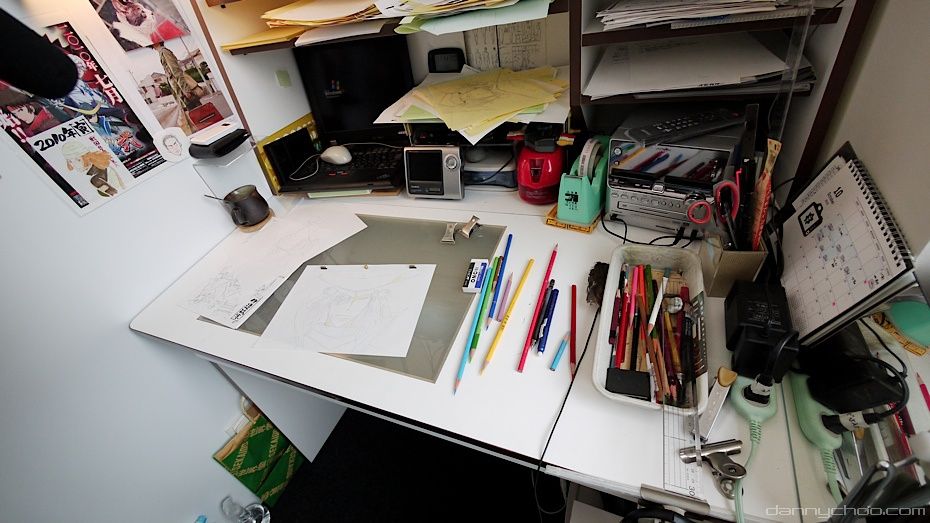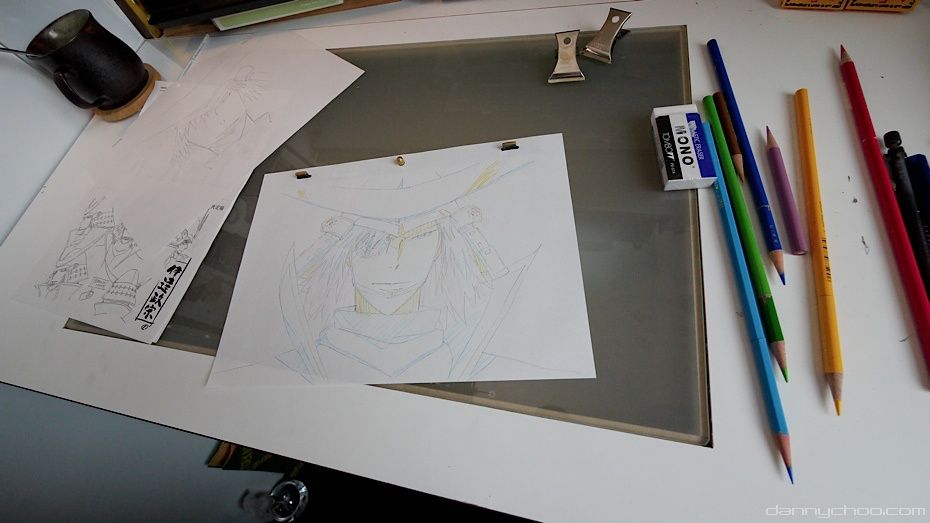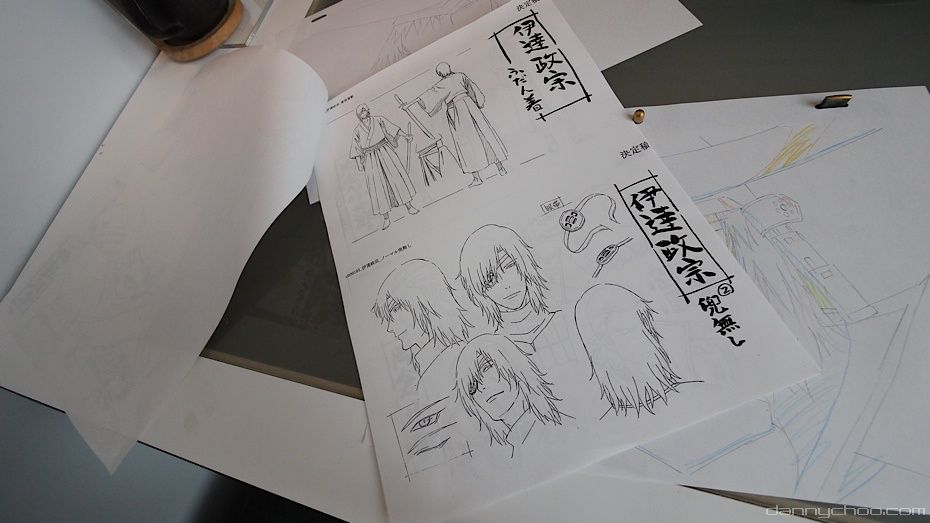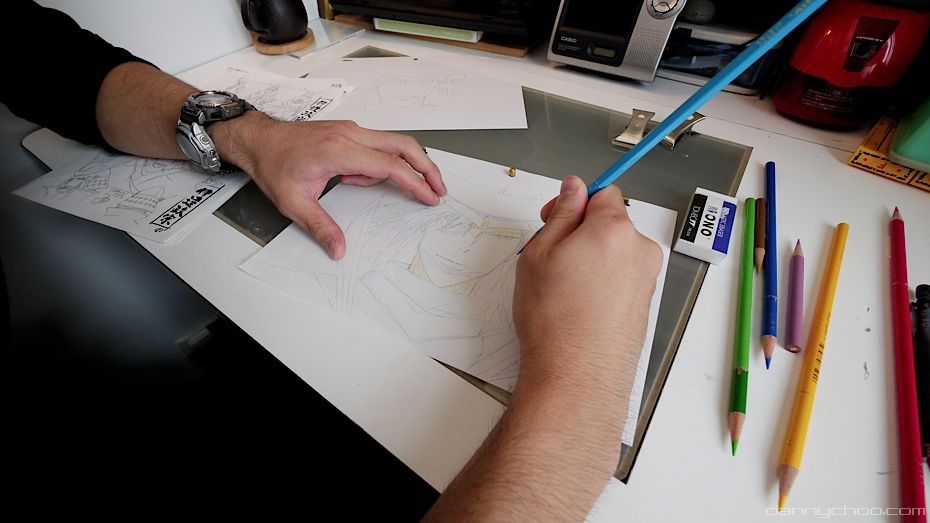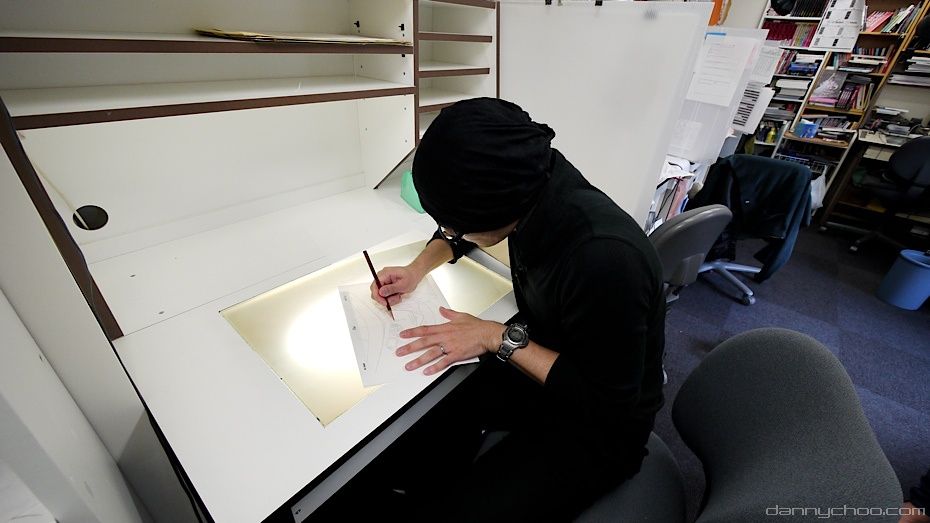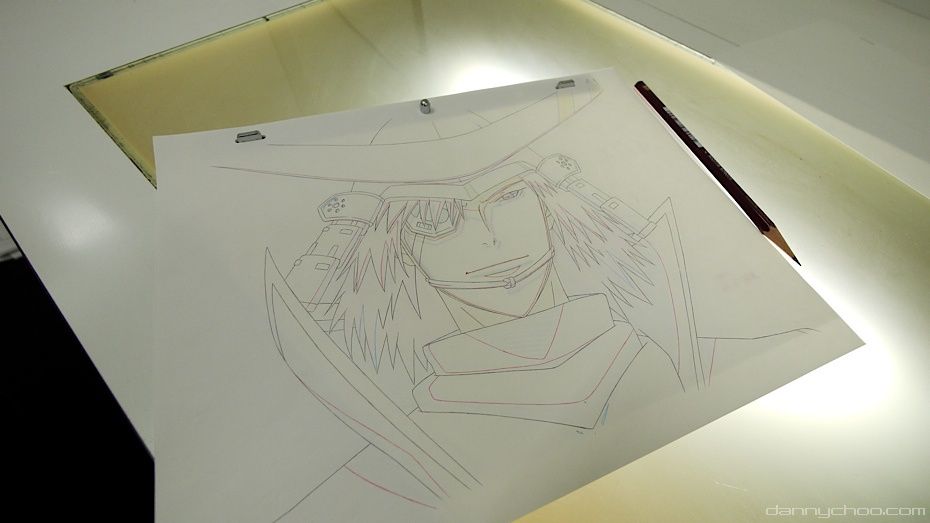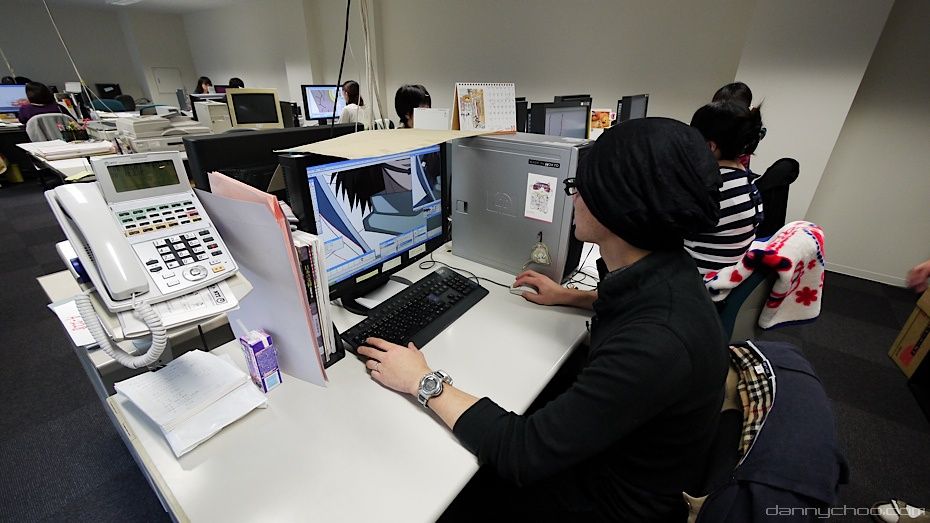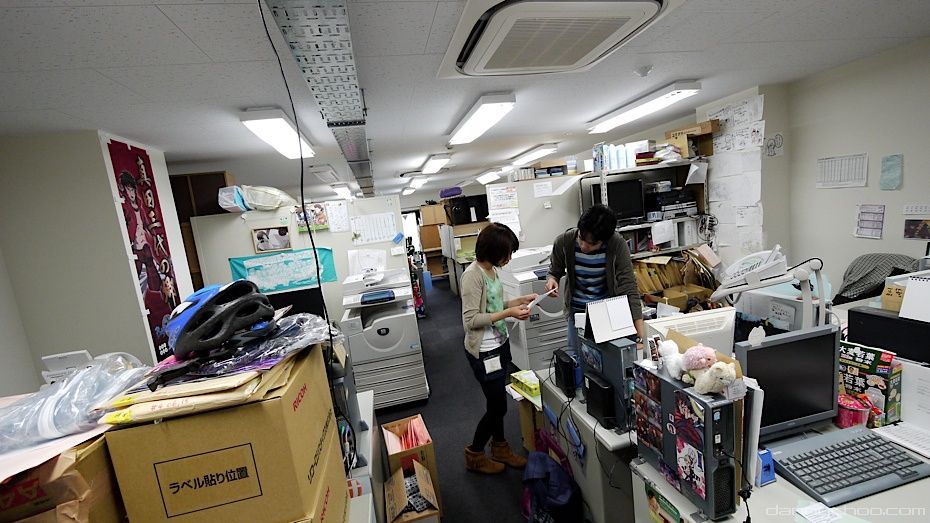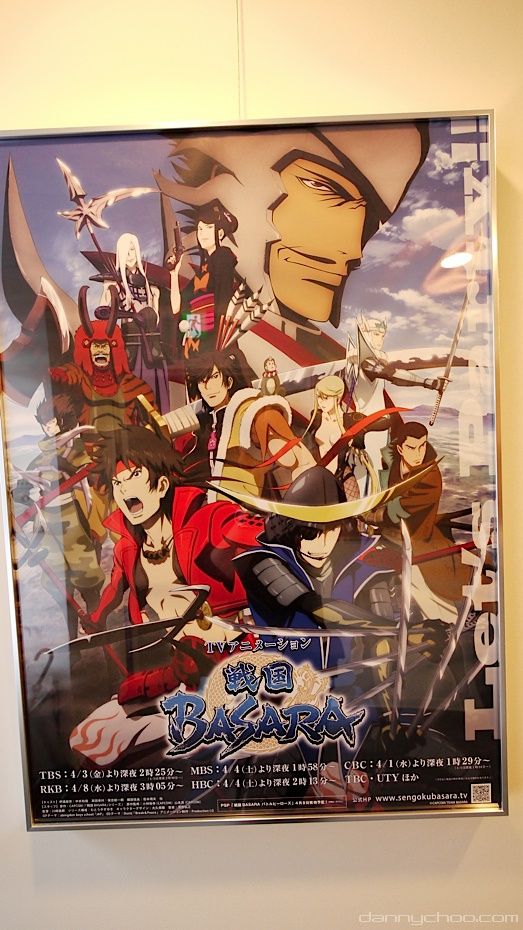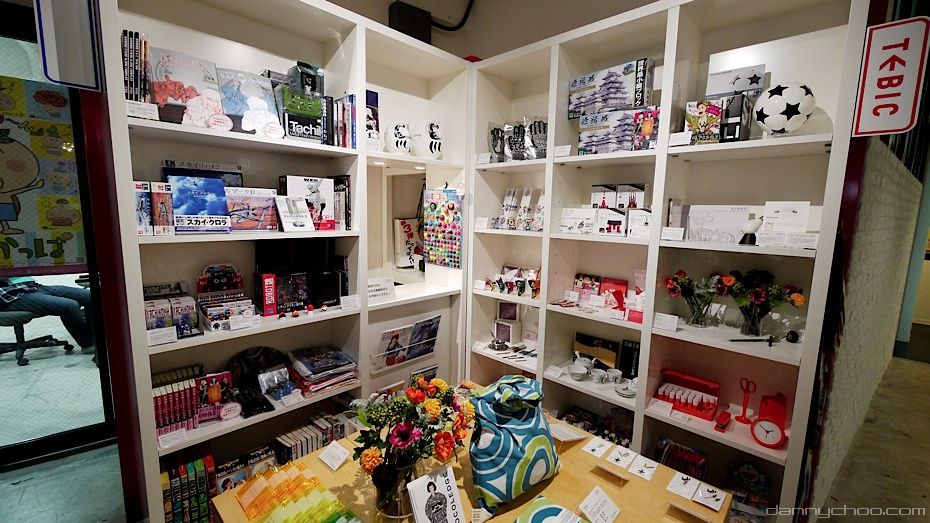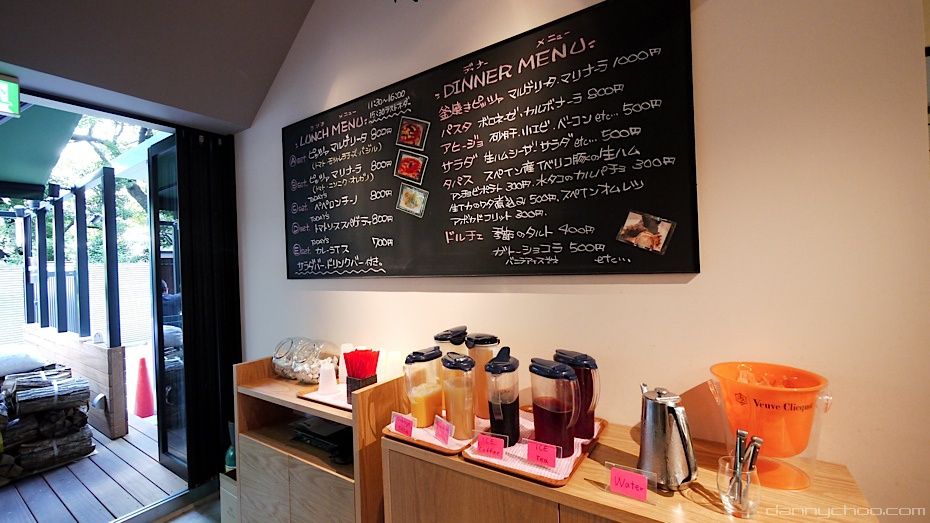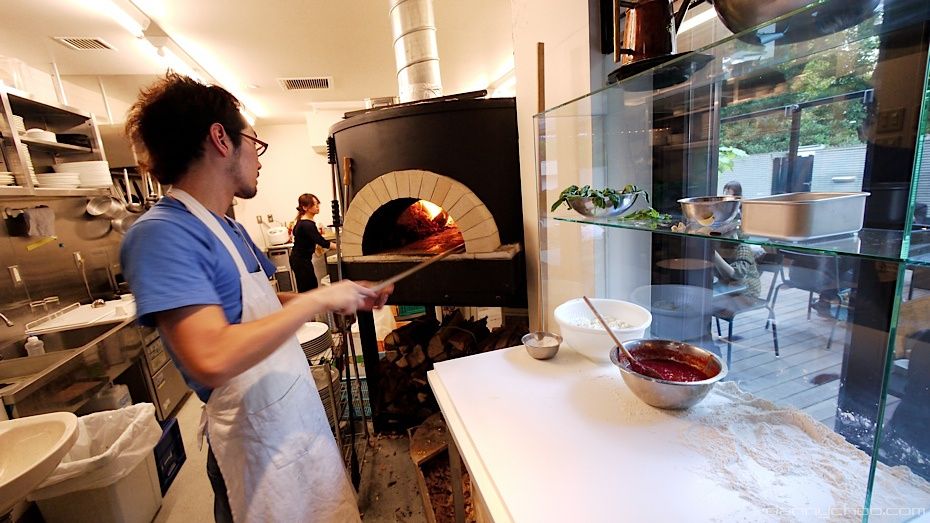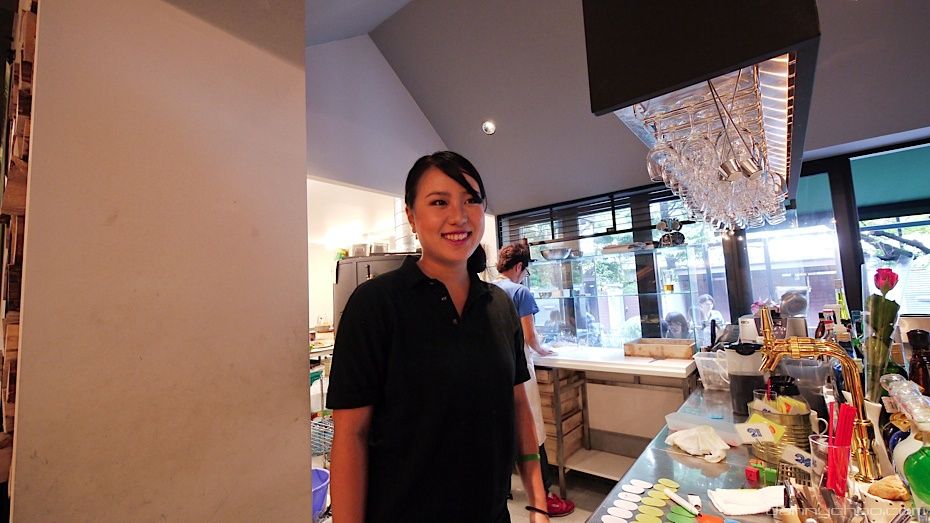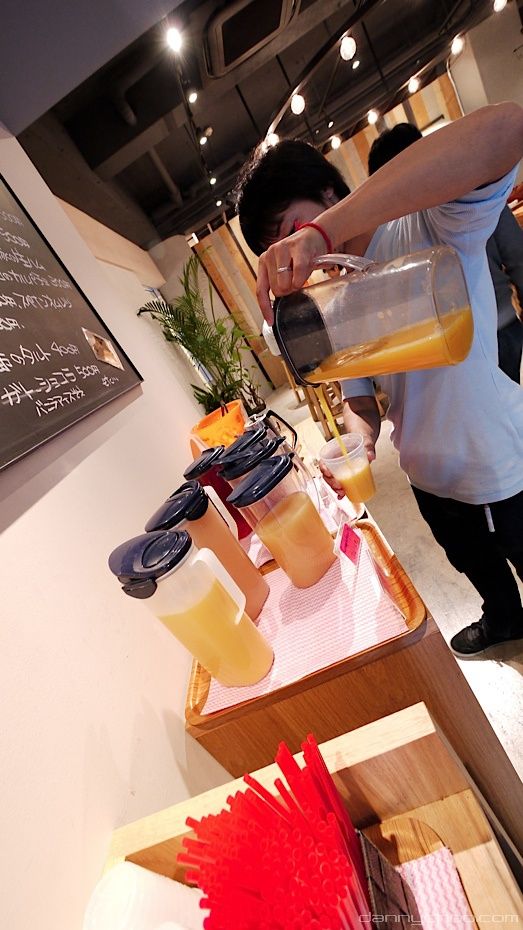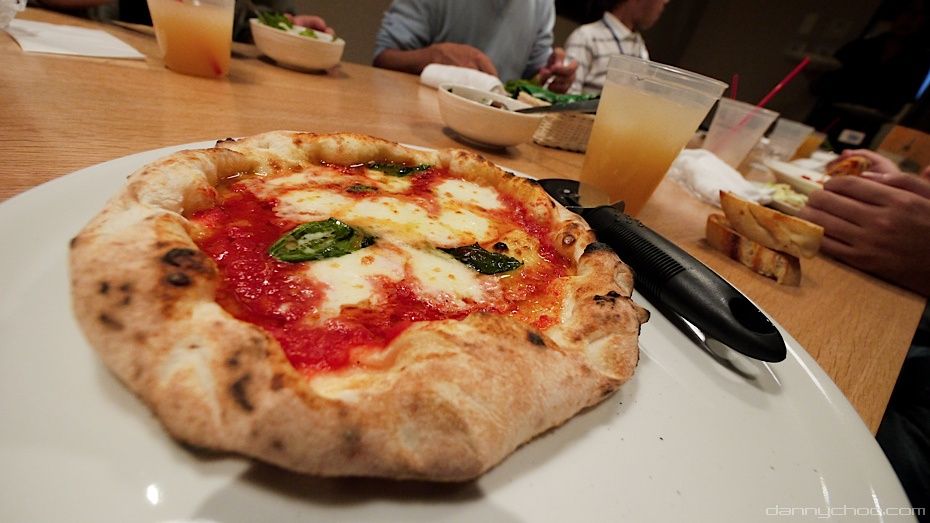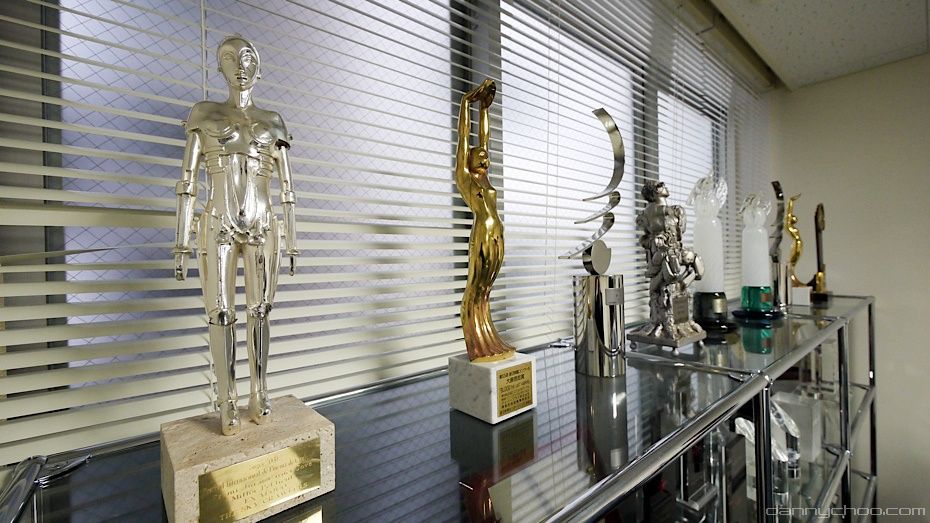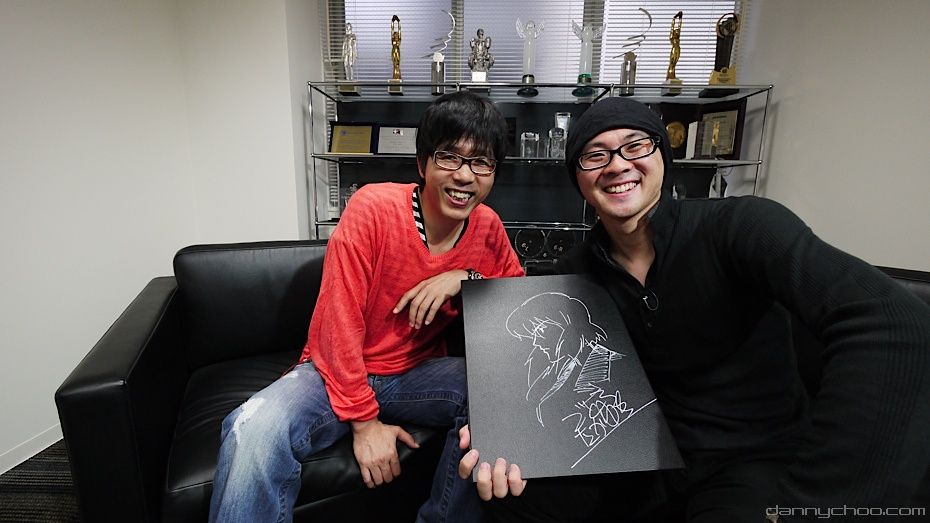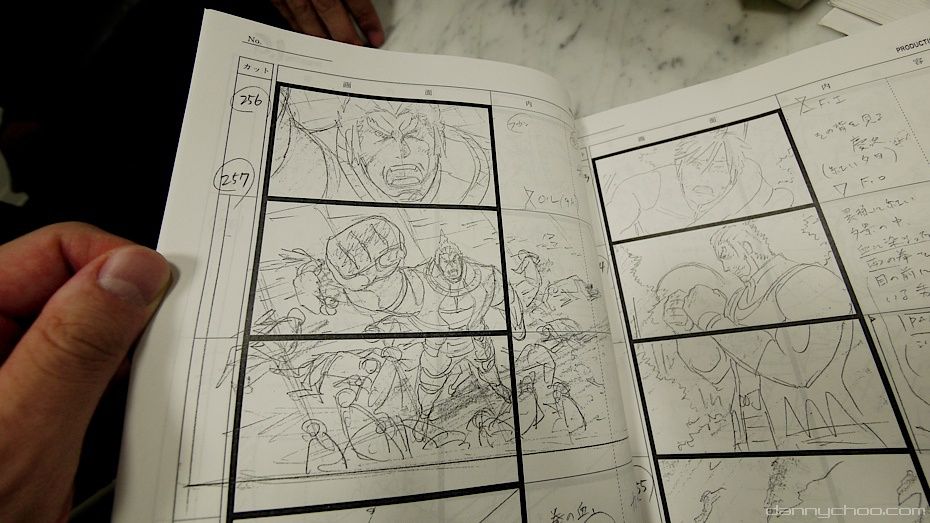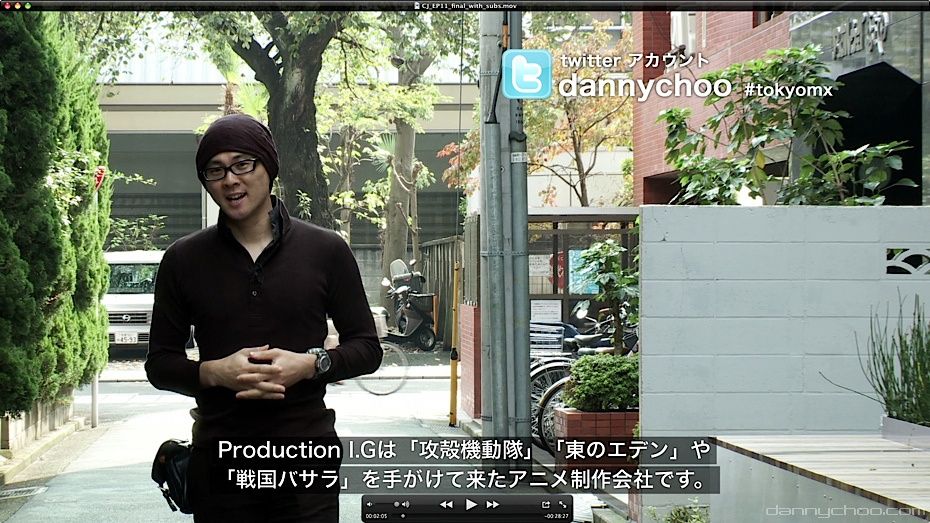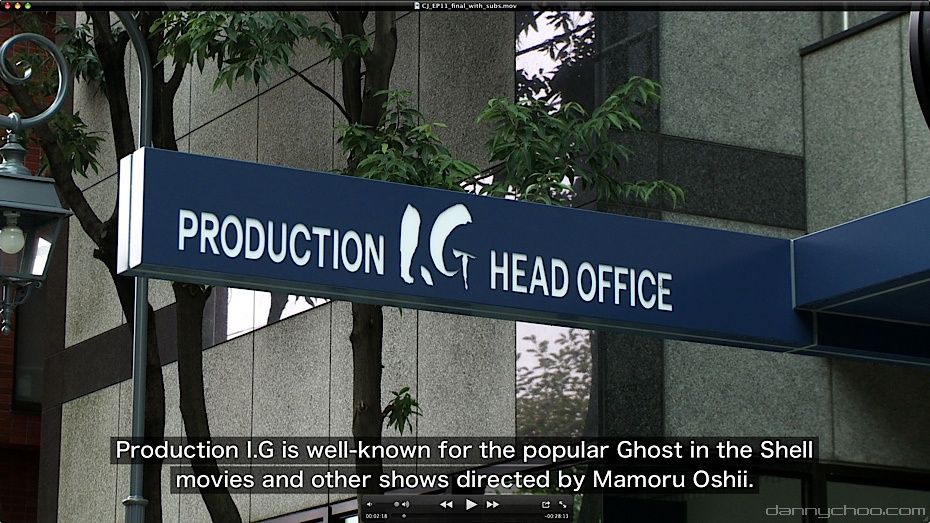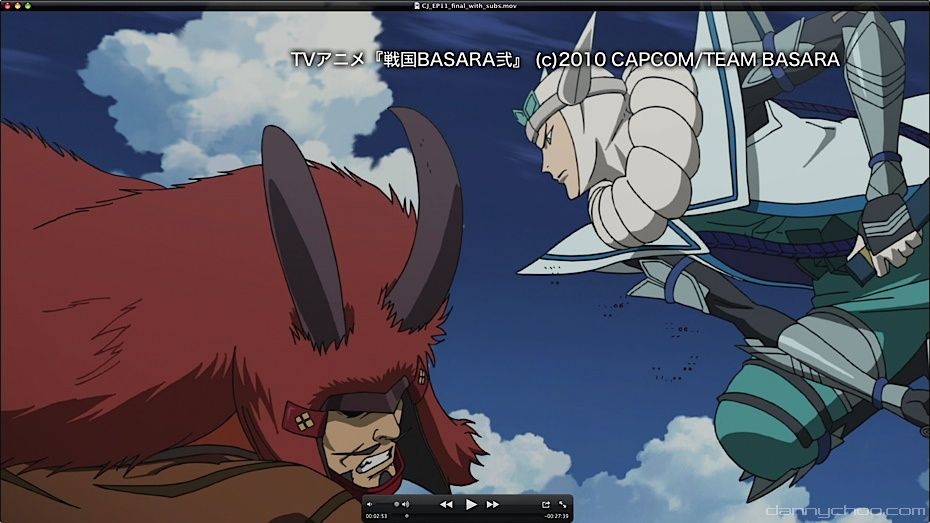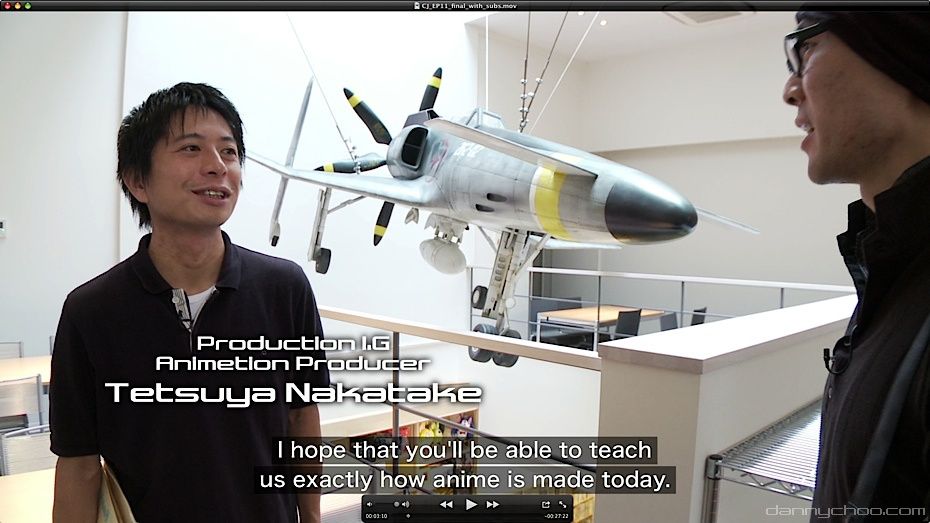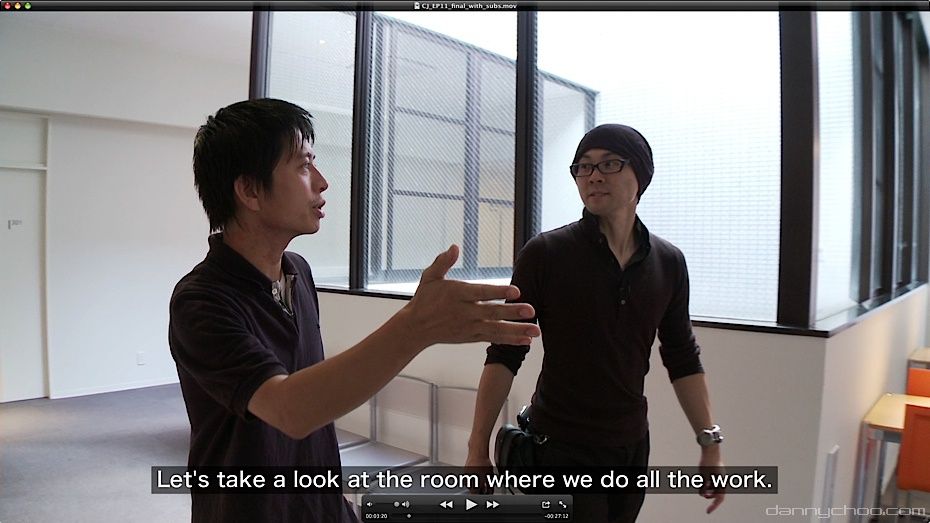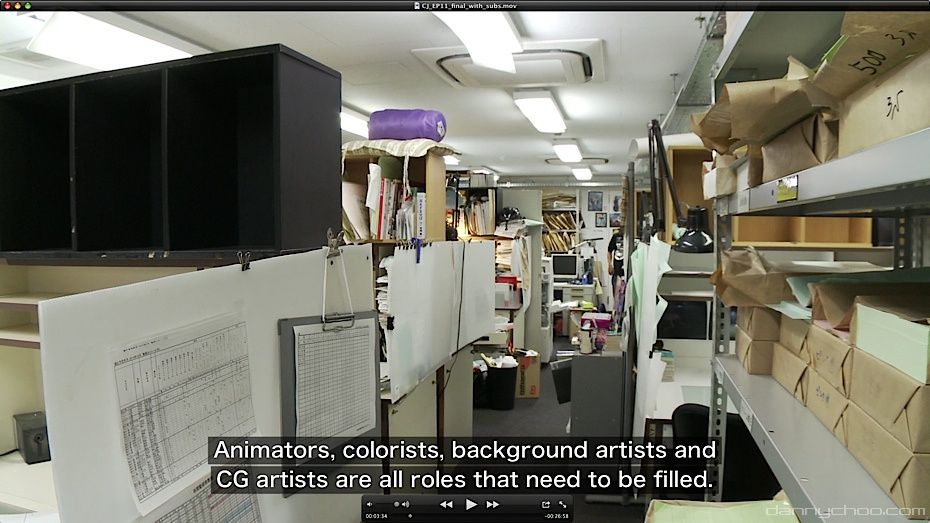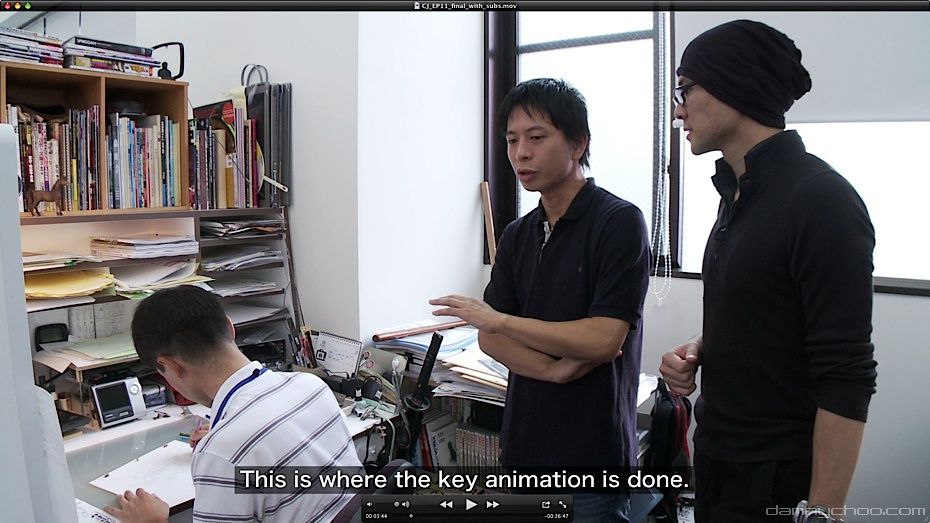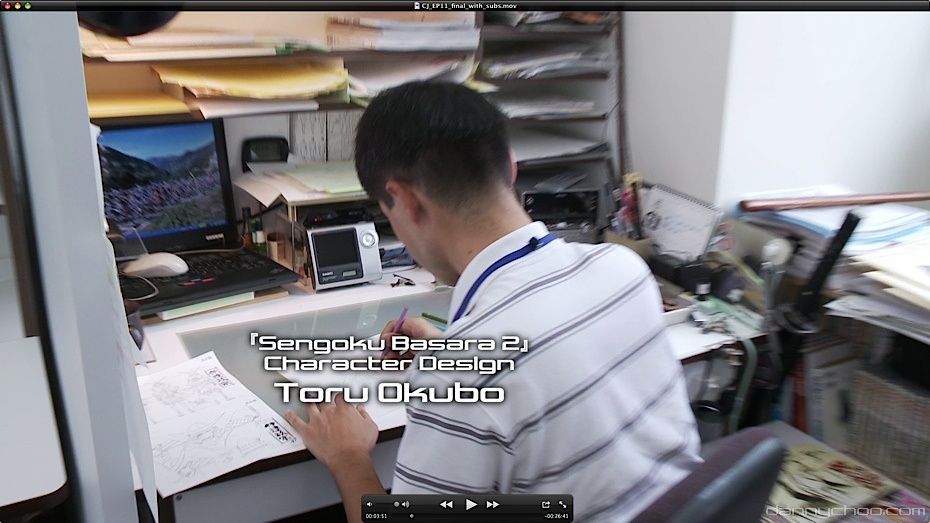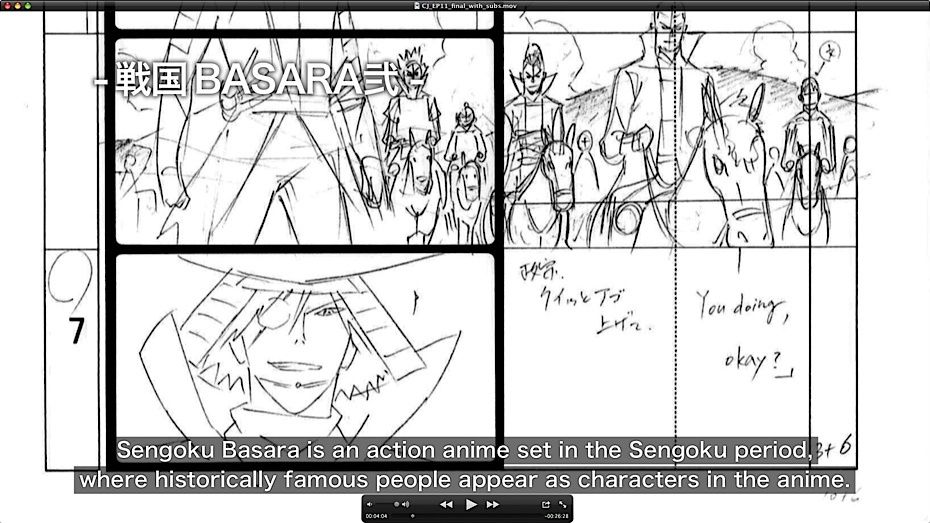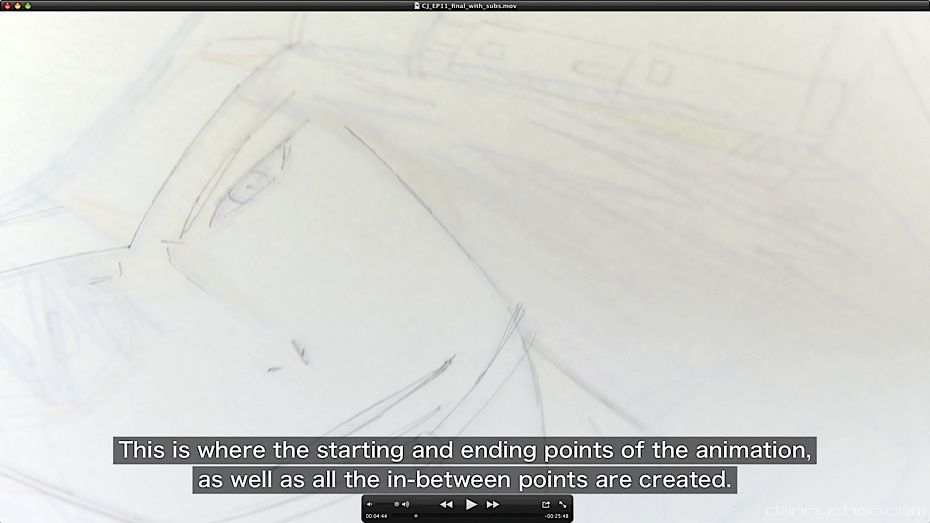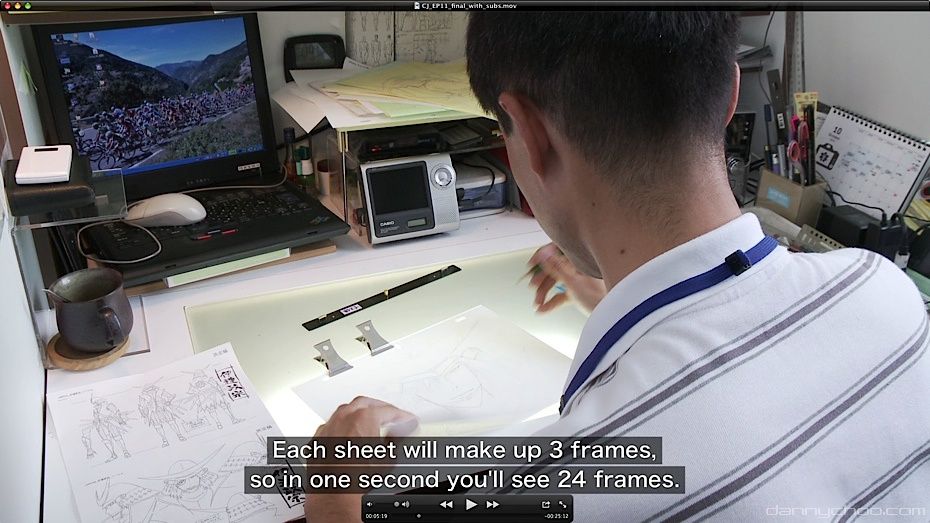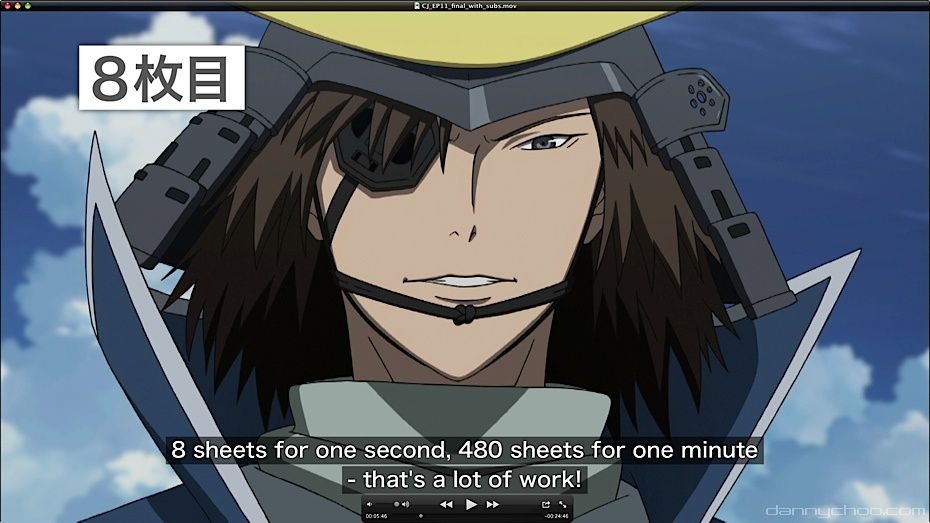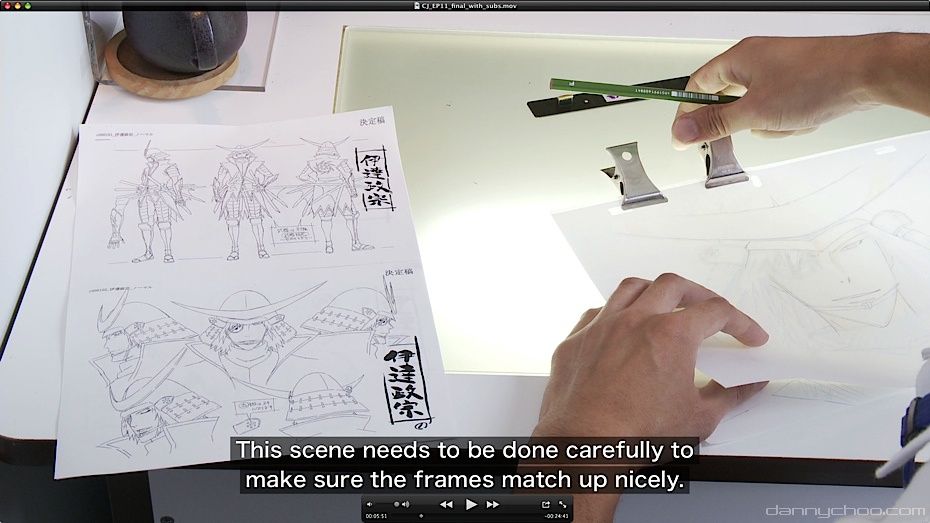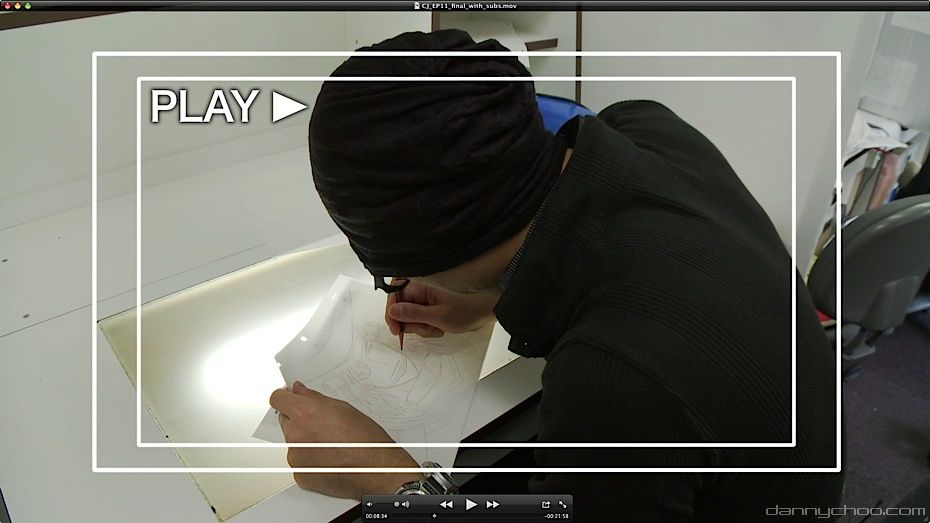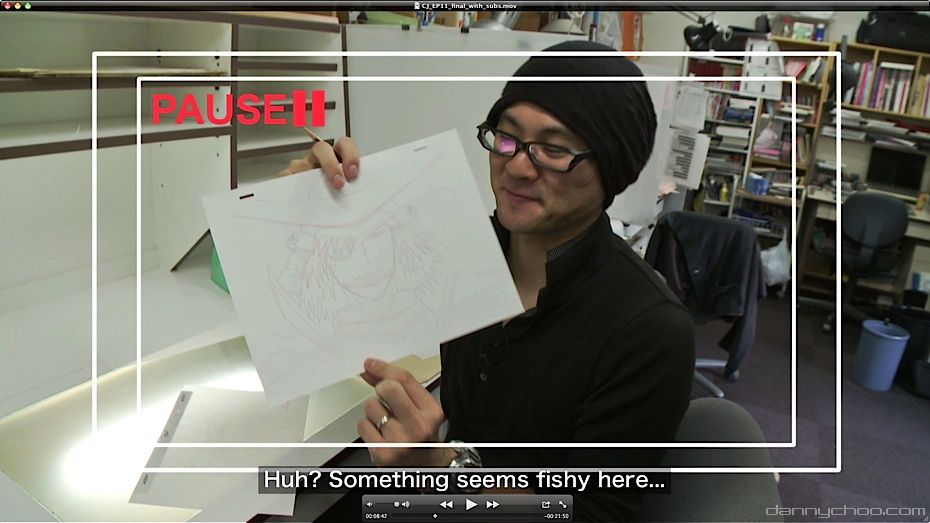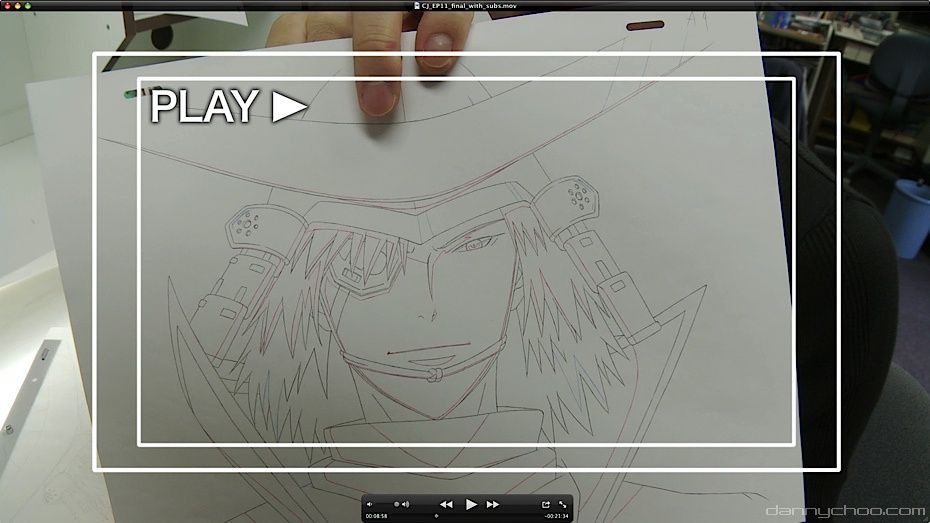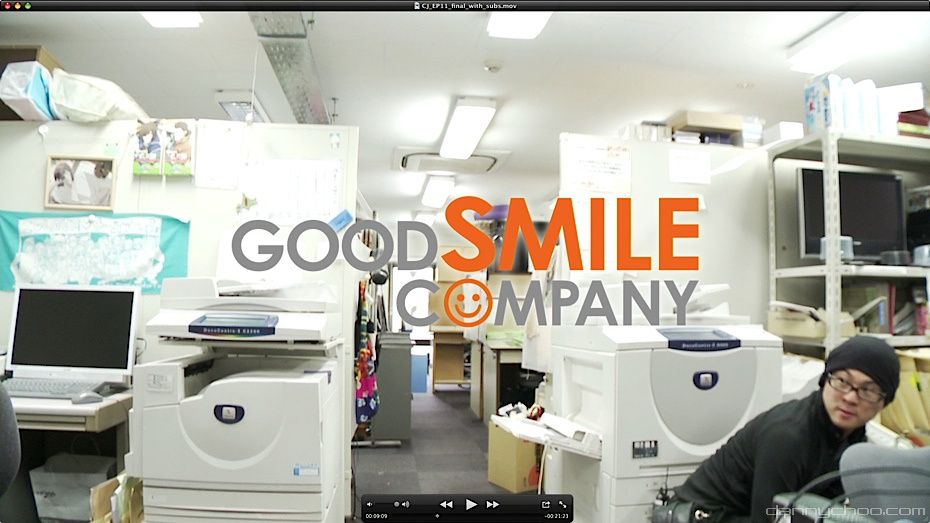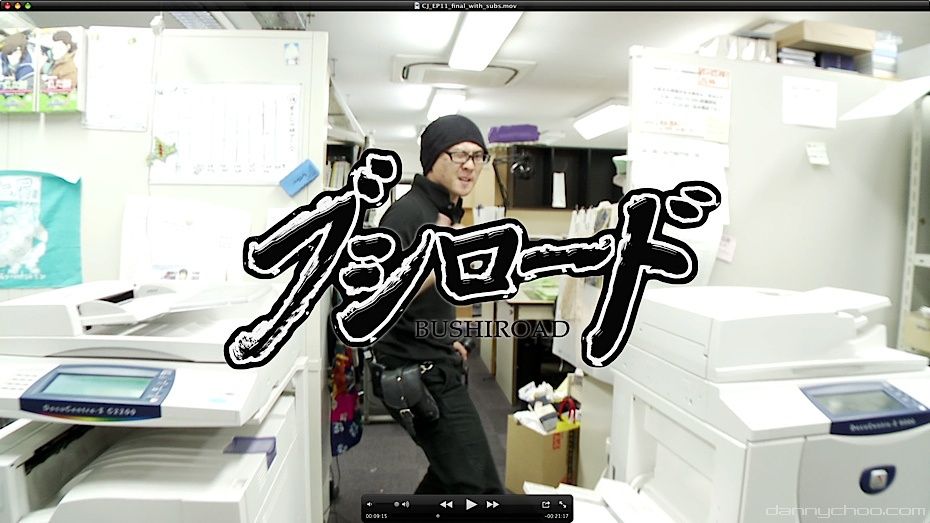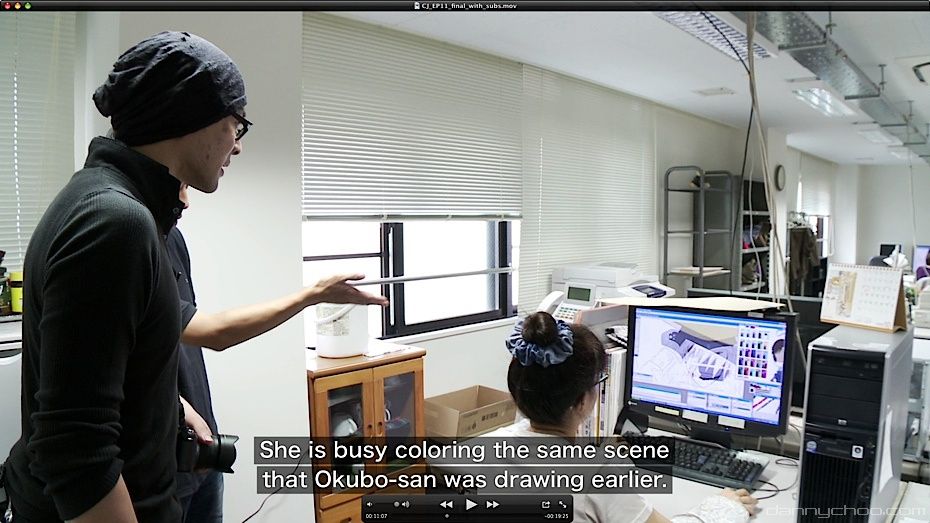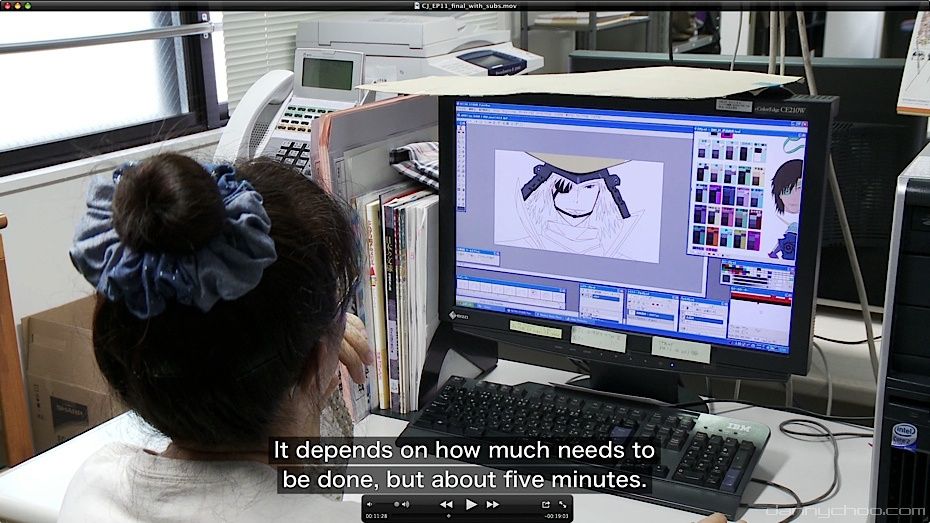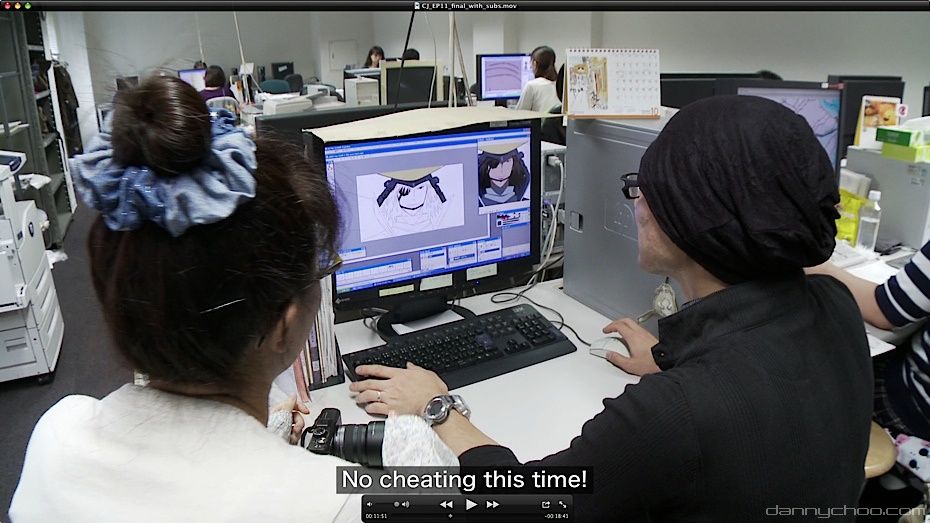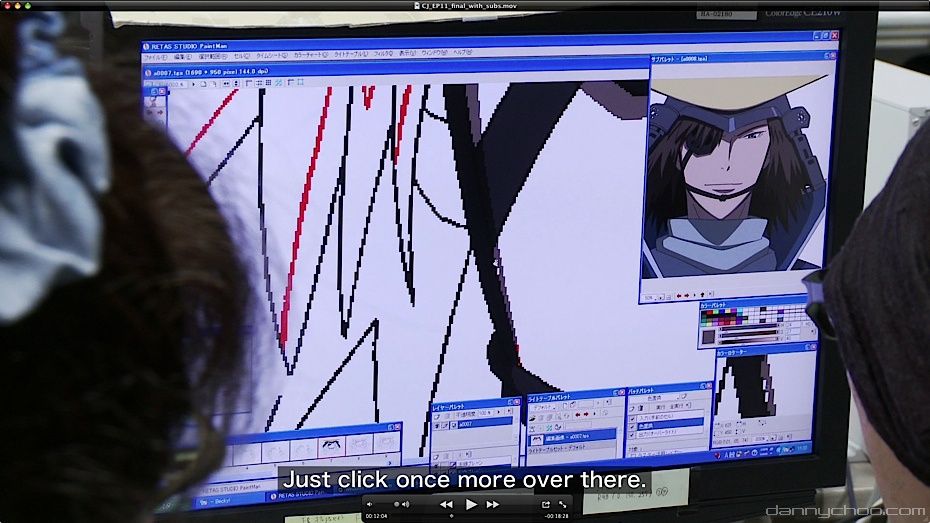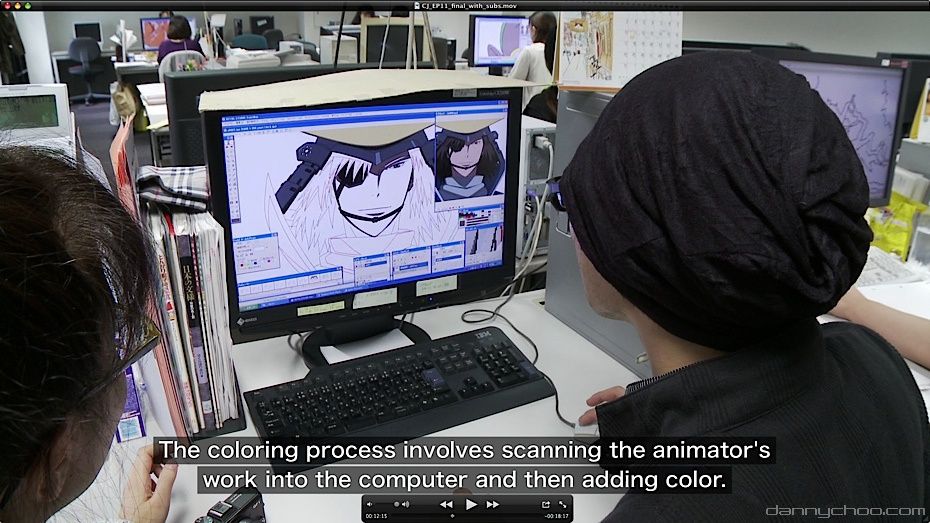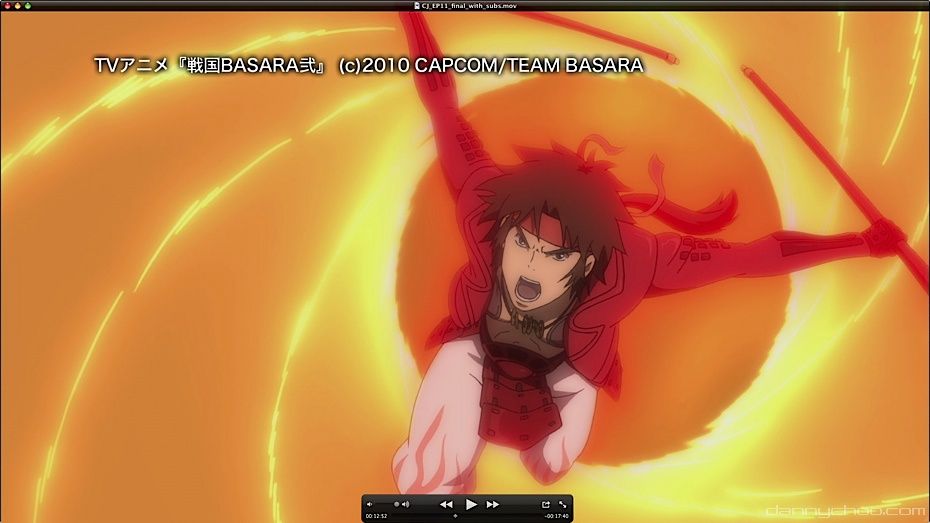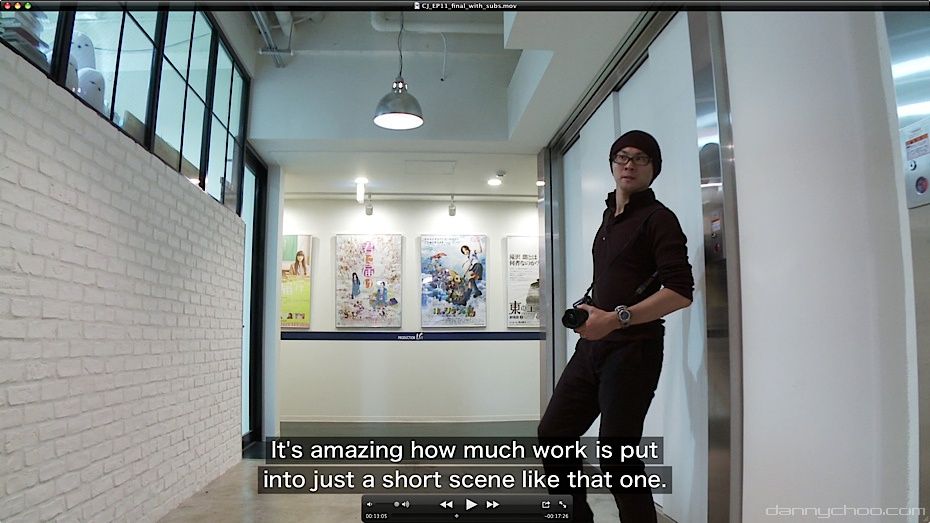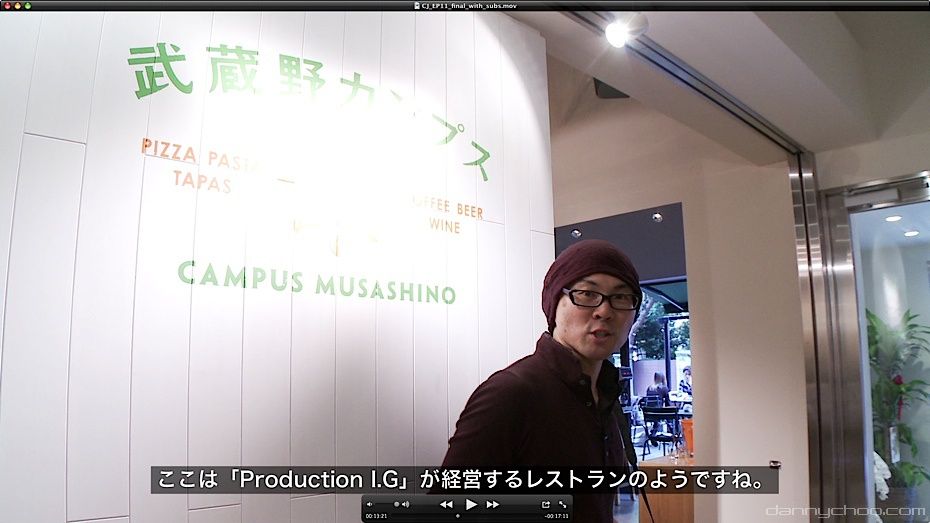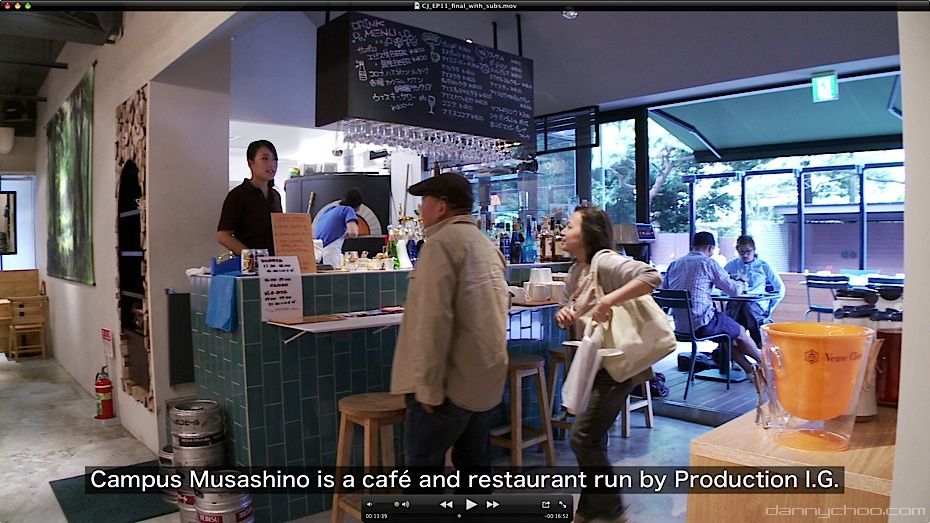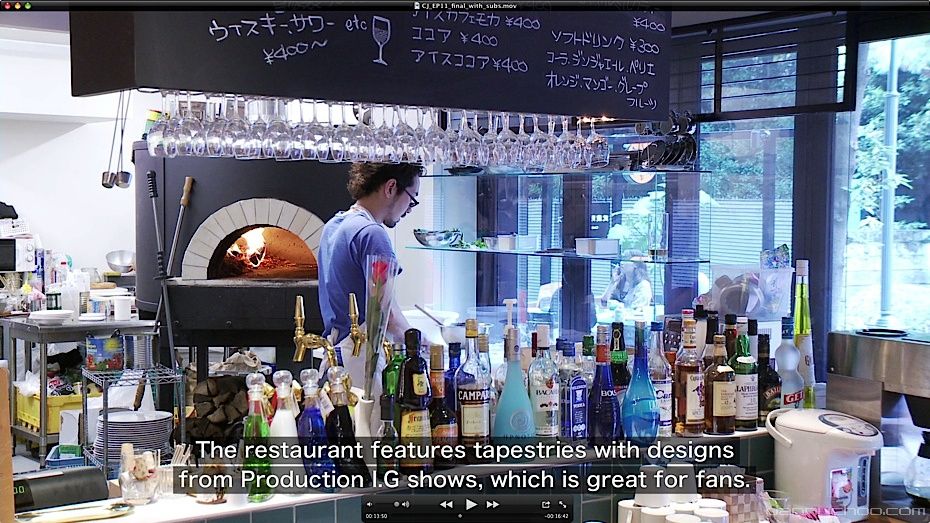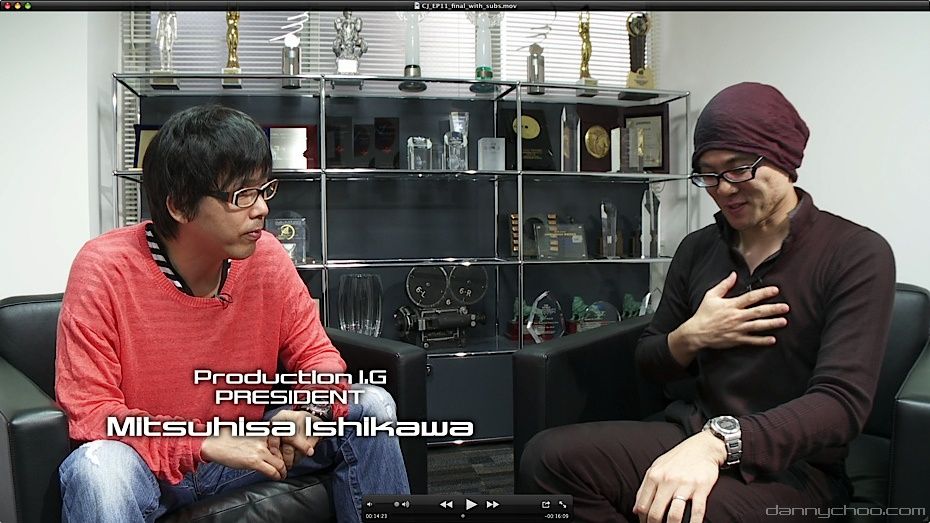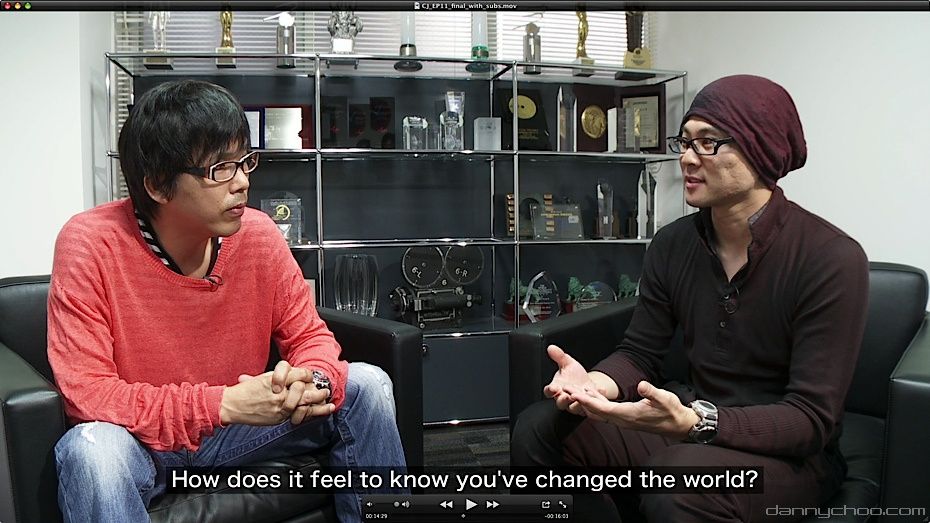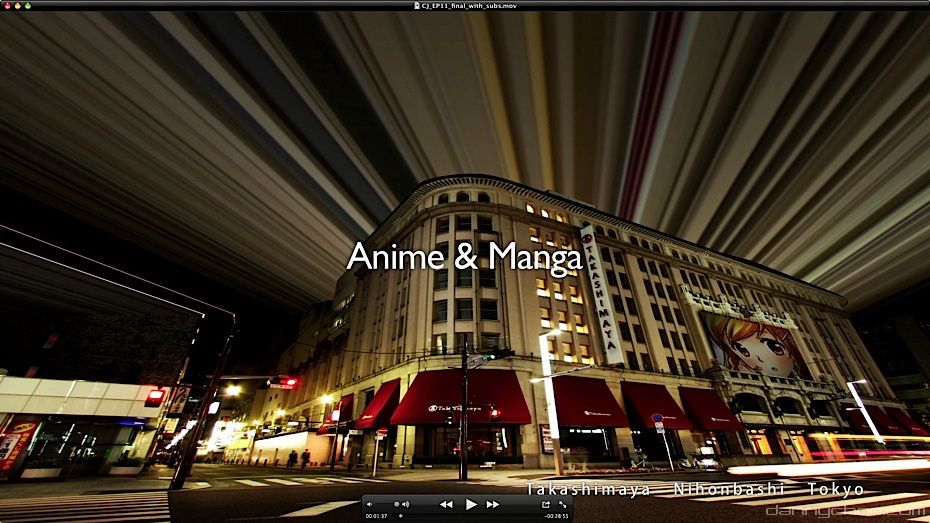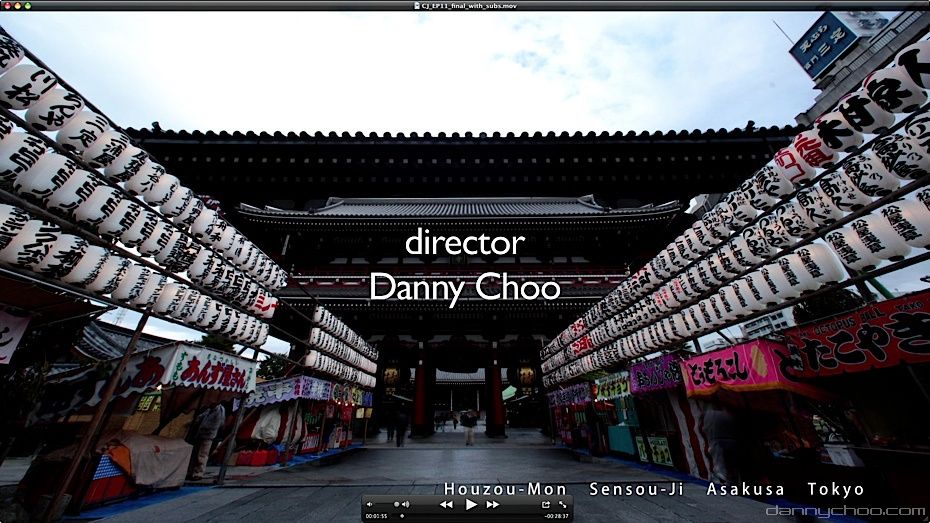How Anime is Made
In mid October 2010, the Culture Japan crew went along to the headquarters of Production IG to see what goes on behind the scenes of making hit anime titles such as Ghost in the Shell, East of Eden and recently Sengoku Basara. Today we get to take a look and try some of the processes that are involved in making anime.
I remember when I could hardly speak Japanese back in the UK. Ghost in the Shell was released on video and I remembering it being such an inspiring movie. Was great to be able to visit the company responsible for the movie.
The headquarters are located in Musashino City - nearest station is Mitaka.
Back then we were still using a standard video camera to do our filming. Now we use the Lumix GH2 and you can see some of the results in the Shibuya Tour post.
At the entrance we see a pachislot machine for Blood Plus.
Some IG titles including East of Eden and Kimi ni Todoke.
Whenever we are out n about filming, we usually have 3 members of staff - producer, cameraman and sound engineer. However, in some cases its just me and the producer - have been playing the role of the cameraman of late ^^;
This bicycle belongs to a member of staff. For some reason or another, many folks in the anime industry love biking - Cospa, Good Smile Company and Max Factory are also full of bikers.
One of the cameras that Production IG used to use many many moons ago for anime production. This would be used to take photos of the key frames.
At the entrance of their other building. Usually used as a meeting space being looked upon by shelves packed with a ton of Patlabor, Ghost in the Shell and other IG anime merchandise.
A replica of the IG offices at the entrance.
Just like the offices of Good Smile Company, Production IG employees are required to change into slippers at the entrance.
A huge (forgot what scale it was) plane from the Sky Crawlers hangs from the ceiling. See some Sky Crawlers action below.
Gorgeous detailing. Cost a bomb to make too.
Talking a look at where some of the artwork goes on.
Here we have Toru Okubo who is does the character design for Sengoku Basara. He's camera shy so we don't get to see his face.
Okubo-san's desk contains tools such as a mirror so that he can look at his face which helps when drawing expressions.
One of the characters that we will see a lot of during the Culture Japan slot is Masamune Date ] who was a military commander back in the Sengoku Period.
One of the reasons why Sengoku Basara 2 is very popular with the ladies is due to the spiffingly cool looking blokes.
Okubo-san does sketches for all the frames that are needed - 8 frames per second to give smooth visuals.
In this room, illustrators will then use a hard pencil to trace over Okubo-san's sketches. This is done because the sketch will then need to be digitized via a scanner.
Various colors are used to make it easy to fill in the colors later on. In the anime world, many assistants are paid per sheet that they fill in. The amount paid for each sheet is not exactly going to buy you a Nissan GTR but in the words of the Production IG boss - he says stick with this position for 3 years and you will be on the path to being a superstar.
He also said that many foreigners who start out with this job tend not to last long. Stick with it and it will be worth it in the long run - does not matter whether you are Japanese or not.
He also said that many foreigners who start out with this job tend not to last long. Stick with it and it will be worth it in the long run - does not matter whether you are Japanese or not.
How many of you want to work in the anime industry? If so then you should start off with an online profile of your artwork (Pixiv, Deviant, Flickr etc) and then tell us if you think you can trace the above image within 20 mins - that's the speed expected for a piece like this. But do remember that you should not be expecting to be able to buy that Nissan GTR on your salary in the first 3 years.
This is where all the coloring goes on which is mostly done by ladies. Unlike a TV production studio, I hardly saw any Macs about.
Then its my turn. The software allows me to select areas, inverse and fill in colors for the current frame. The sheet that was filled in with colored hard lines have now made it easy for areas to be filled in on the computer.
All the completed frames are then strung together and merged with backgrounds and light flares. The final product is then ready for a process called Afreco "After Recording" where anime voice actors/actress read their scripts while making sure that the voice is in sync with the mouth movements. Sound effects and sound are usually added right at the end.
Time to rummage around the rest of the offices. Discover some Sengoku Basara Bushiroad Weiss Schwarz cards.
Unfortunately I cant talk much about all the other cool titles that they are working on as the PR lady promised that she would hunt me down and eat my spleen if I did.
On the first floor of the Production IG offices is a small store filled with merchandise. Many of the stuff is signed by directors which can only be purchased at the store.
Production IG also run their own restaurant called Musashino Campus filled to the brim with a load of noms. Address and map as follows.
東京都武蔵野市中町2-1-9 IGビルディング1階
東京都武蔵野市中町2-1-9 IGビルディング1階
The eat-as-much-as-you-want-salad-bar.
In some parts of the restaurant one can find tapestries that were used as some backdrops to some of their anime titles. There are also some doodles left on the walls by some of their popular directors.
Some alcohol for those who like to drink during their lunch break.
They got a furnace to bake some fresh pizza too.
They also have sweet staff running about.
Drinks are free to refill for those having a lunch set.
Om nom nom.
Production IG have shelves full of awards for their work received from all over the world.
Then its time to interview the big boss of Production IG - Mitsuhisa Ishikawa. I wonder what our first project will be ^^;
After filming we do whats called "Butsu Dori" which means to take footage of "the stuff." These scripts here are called "Econte" and are used for all anime pre-production. Illustrations which cover a few cells indicate camera movement.
This is the script that the voice actors/actresses read from. Its always difficult to get footage of some after-recording going on as most of the current stuff is confidential and under embargo.
Quick group photo with the crew and PR staff before heading back to base to edit the show.
This is the trusty van we usually go about in.
A load of Sengoku Basara goodies that seemed to attached itself onto me when I left the production IG offices ^^; The apple juice, miso and soy sauce are all produce from Shunshu Ueda where some of the anime was based.
This episode of Culture Japan is broadcast tonight (2010/12/11) in Japan on Tokyo MX TV from 22:30 - 23:00. This current season of Culture Japan will start its first episode run across the whole of Asia on Animax Asia from December 17th 2010 from 20:00 - 21:00. Asia gets 2 half hour shows back to back.
Will update you soon as to when the rest of the world gets it. Going to leave you with some screencaps from tonight's episode.
Will update you soon as to when the rest of the world gets it. Going to leave you with some screencaps from tonight's episode.
